Visit Venice: what are the best things to do and see in the city of Doges?
Who has never dreamed of visiting Venice? To discover all his architectural treasures, his fabulous story? To see all his wonderful islands? To live this unique sweetness that occurs in the streets of the Bellissima? All right, everyone knows Venice and its gondolas, its canals, the Rialto Bridge and the rigor the Bridge of the Soupirs that connects the Doges Palace at the famous prison where Casanova was imprisoned.
But Venice is not that: it is a city that is both magical, unreal and contemporary, a city on water. More than just a postcard, Venice lets itself discover with all the senses. Let's see together the main spots and sightseeings of Venice that leave no one of marble, far from there.
1. Place Saint Marc
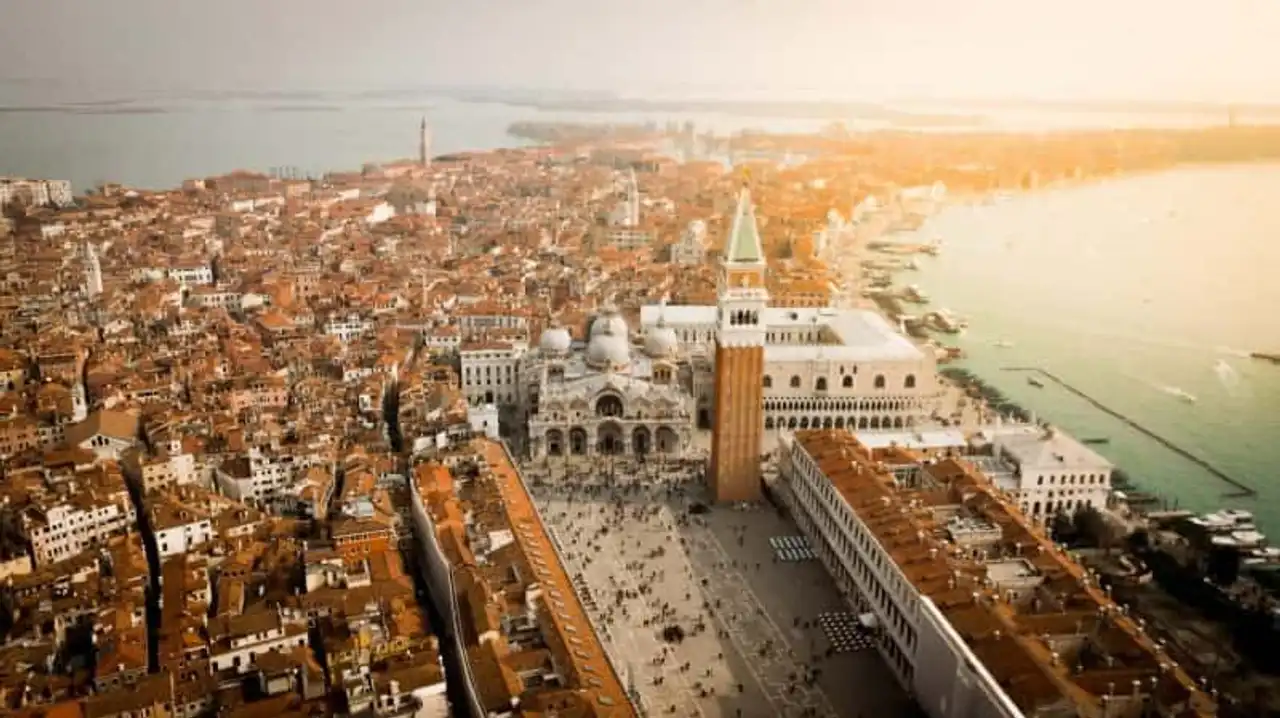
Photo credit: Unsplash – Candré Mandawe
The Place Saint-Marc is certainly the most emblematic place to visit in Venice: it is the main square of the city, a place of meetings and meetings for the inhabitants but also for the tourists.
It is truly the hub of Venice: you will be obliged to go there to visit Saint-Marc Basilica the Doges Palace, but also the Campanile de Saint-Marc and all other must-see monuments.
With the Venice Pass, you save time and money. You visit the must-see attractions of the city by avoiding waiting.
The includes:
- Saint-Marc Basilica and its terrace
- The Doge Palace with audio-guide tour
- A 30-minute commented gondola ride
- 10% discounts on other city attractions
2. Basilica Saint Marc
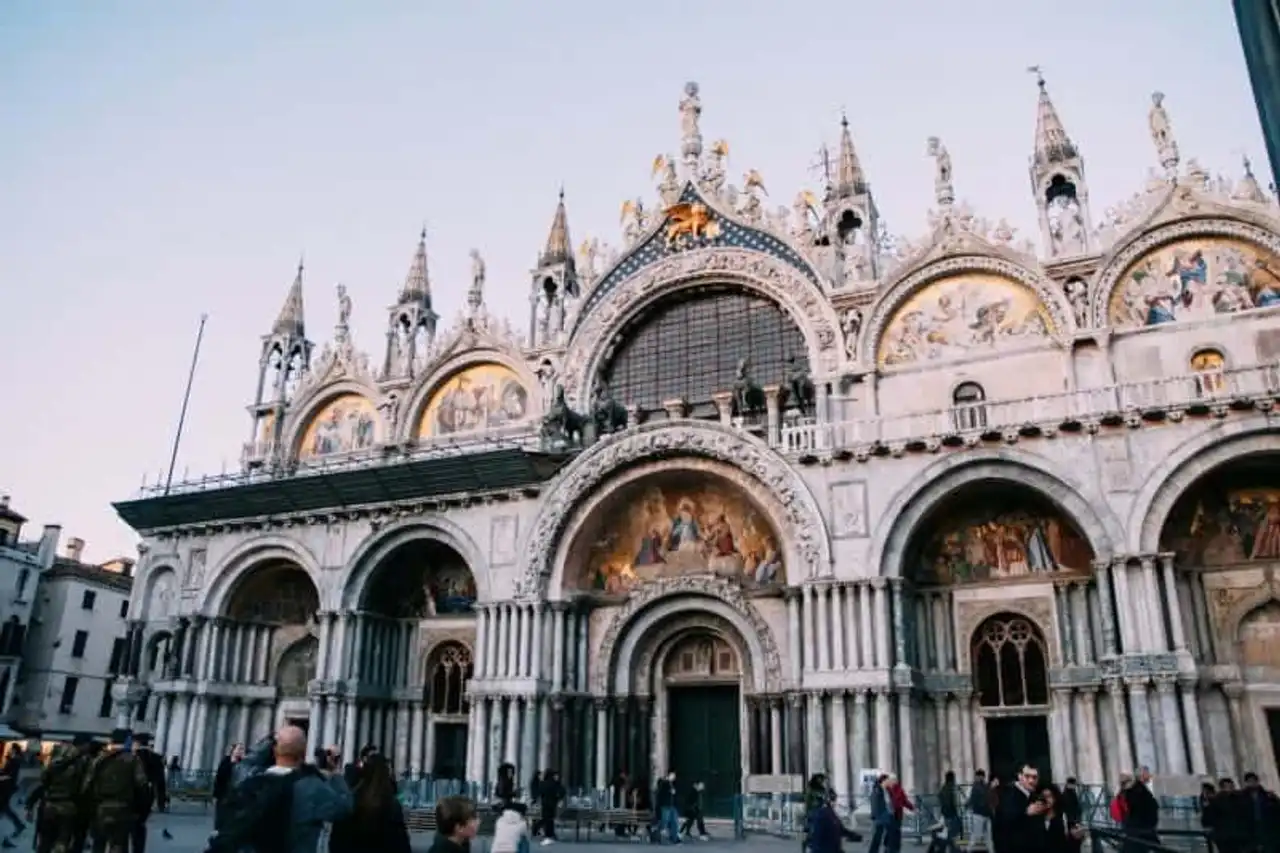
Photo credit: Unsplash – Florinel Gorgan
The construction of the imposing Basilica of Saint Mark dates from the half of the 11th century, it is very flowery and it is recognized with its facade bearing a golden lion with wings, the symbol of Venice.
This basilica is to be discovered at all costs for its mosaics, domes, statues and the altar that would contain the bones of Saint Mark in person.
3. The Doges Palace
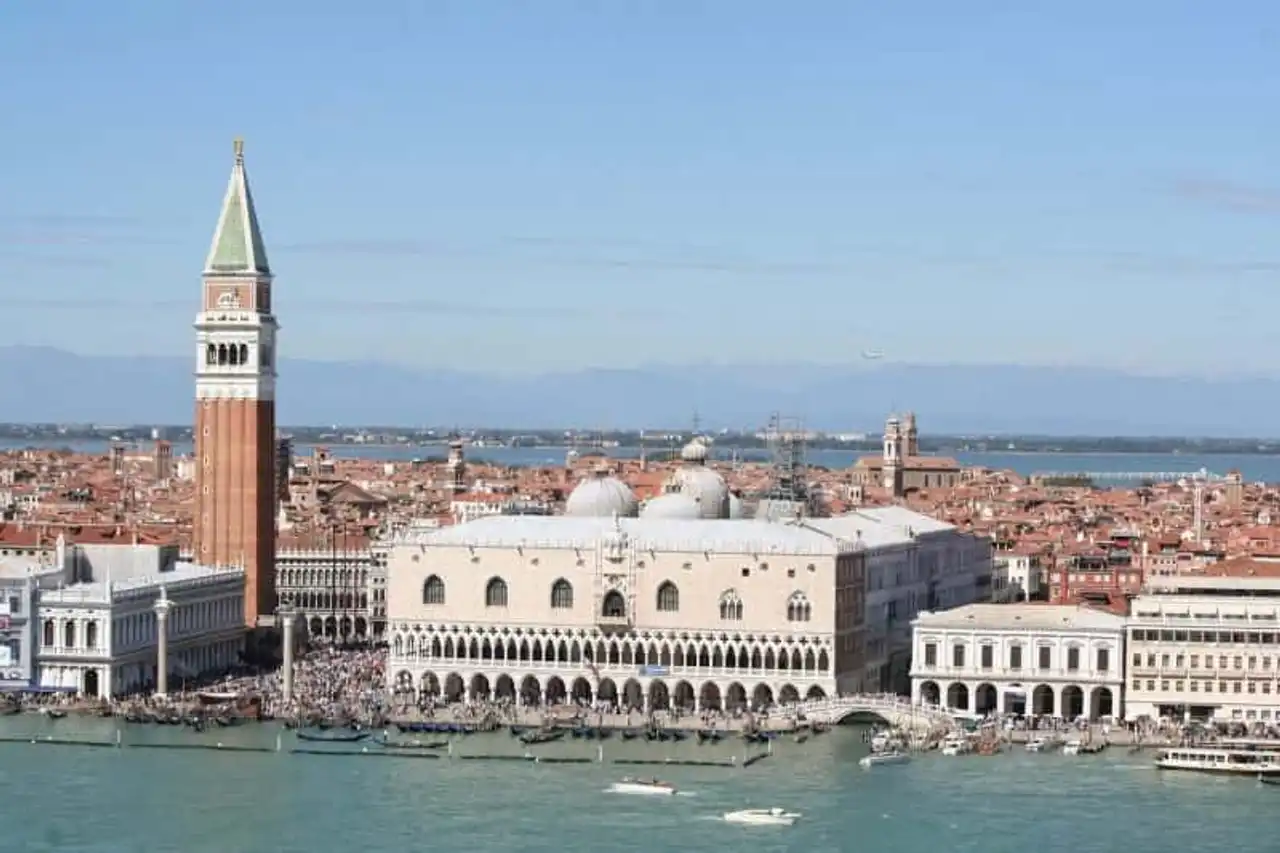
How can we not quote him? With its Gothic architecture, it was the residence of the Doges who headed the Republic. It is a palace rich in history and offers sensational pictorial works like those of Veroes , Bellini, Titian or Tintoret .
Certainly one of the most beautiful palaces in Europe that you will have access through the sadly famous Pont des Soupirs.
4. The theatre La Fenice
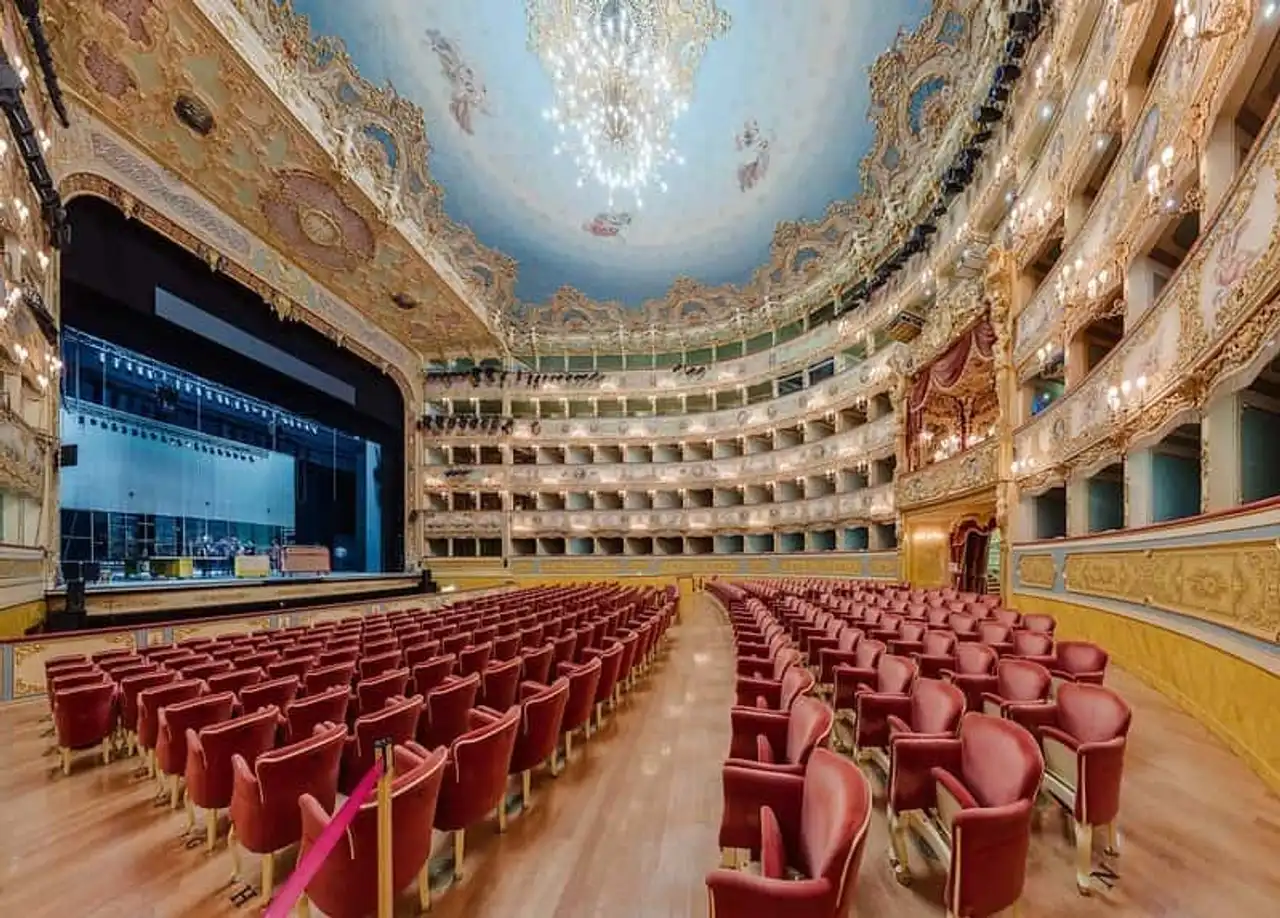
Photo credit: Flickr – Benh LIEU SONG
The word Fenice means the phenix in Italian, the famous mythological bird that reborn from its ashes. The Fenice Theatre bears in it the stigmats of this legend: in fact, it was built at the end of the 18th century to replace the San Benedetto Theatre which had been destroyed by fire, then it was destroyed by the flames in 1836 and subsequently rebuilt.
In 1996, he was once again the prey of fire and in 2003 he was reborn of his ashes. This theatre is sublime: composed of 5 rows of lodges, it is one of the most prestigious places of all Italy and even Europe.
5. The district of Cannaregio
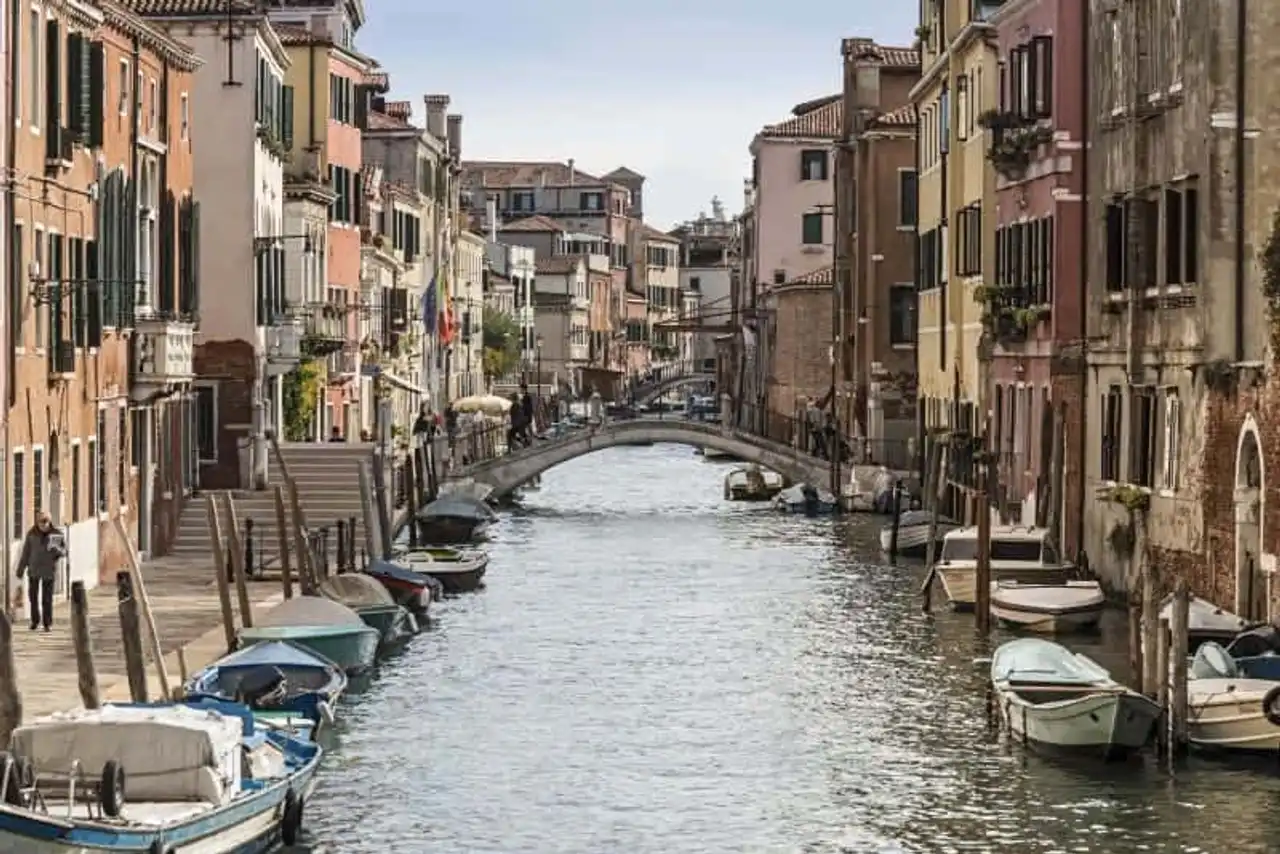
Photo credit: Wikimedia – Didier Descouens
A typical area, far from the teddy and tap in the eye of Place Saint Marc. A great place to buy souvenirs and handicrafts. The pedestrian street is very appreciated by the Venetians.
If you’re visiting Venice and you’re looking into this neighborhood, discover the Madonna dell’Orto Church with its Gothic facade composed of bricks and white stones.
It is also in Cannaregio that you can discover the Ghetto area which was reserved for the Jewish community from the 16th century and where you can visit the Jewish Museum of Venice.
6. The Castello district
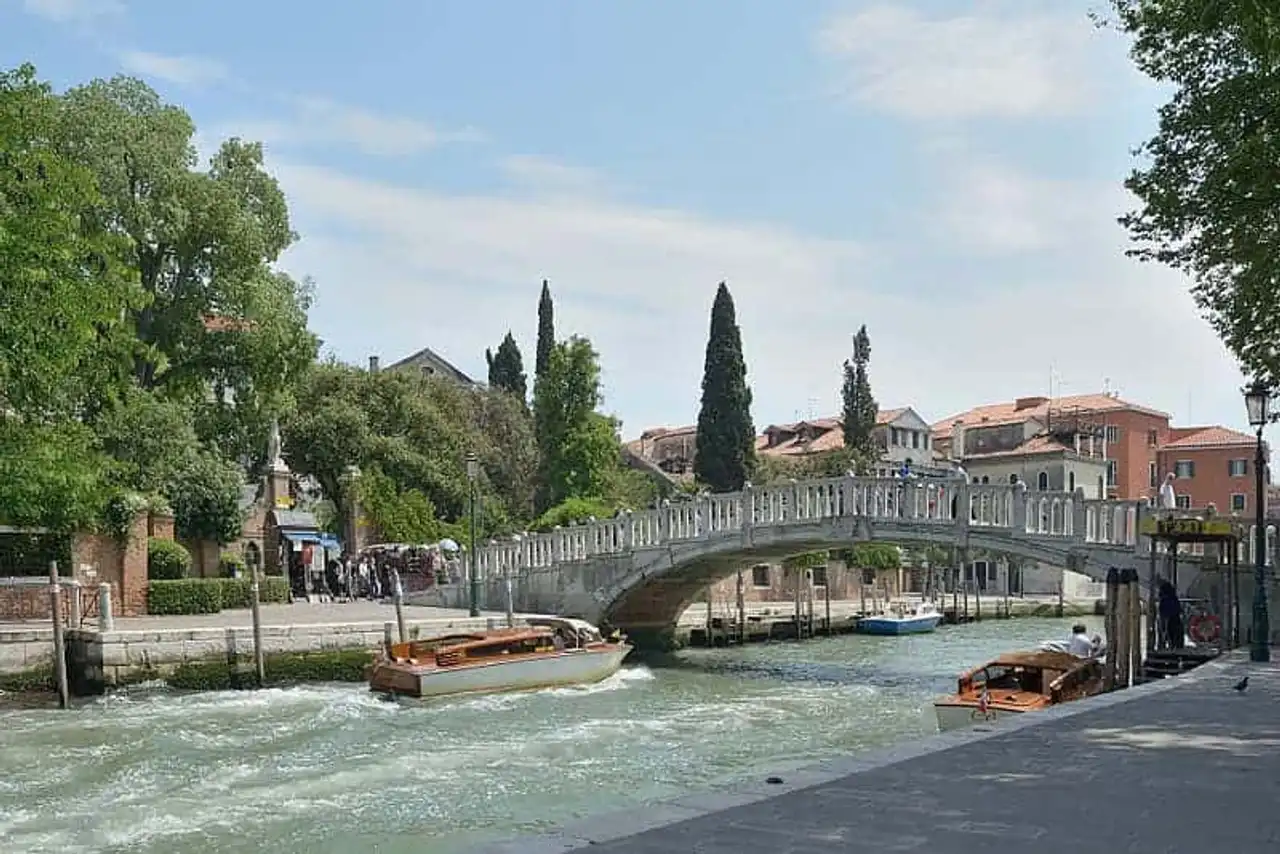
Photo credit: Wikimedia – Wolfgang Moroder
He holds his name from a former fortress who disappeared today and was on St. Peter’s Island. Today is the largest part of the city where you can discover the Arsenal of Venice which occupies most of it or visit the Museum of Naval History.
The houses are simple and sober as opposed to the size of the neighborhood near the Grand Canal Palaces. This neighborhood is the least frequented by tourists and that’s probably why it remains one of the favorites of the true amateurs of Venice. Part of the soul of this city still resides through these streets and walls.
Another must when visiting Venice and looking for a bit of greenery: the gardens Papadopoli . This park of about 8,800 m2 consists of three plots where you can walk. It is also an activity to do in Venice if you come with children because there are several games!
7. Basilica Santa Maria della Salute
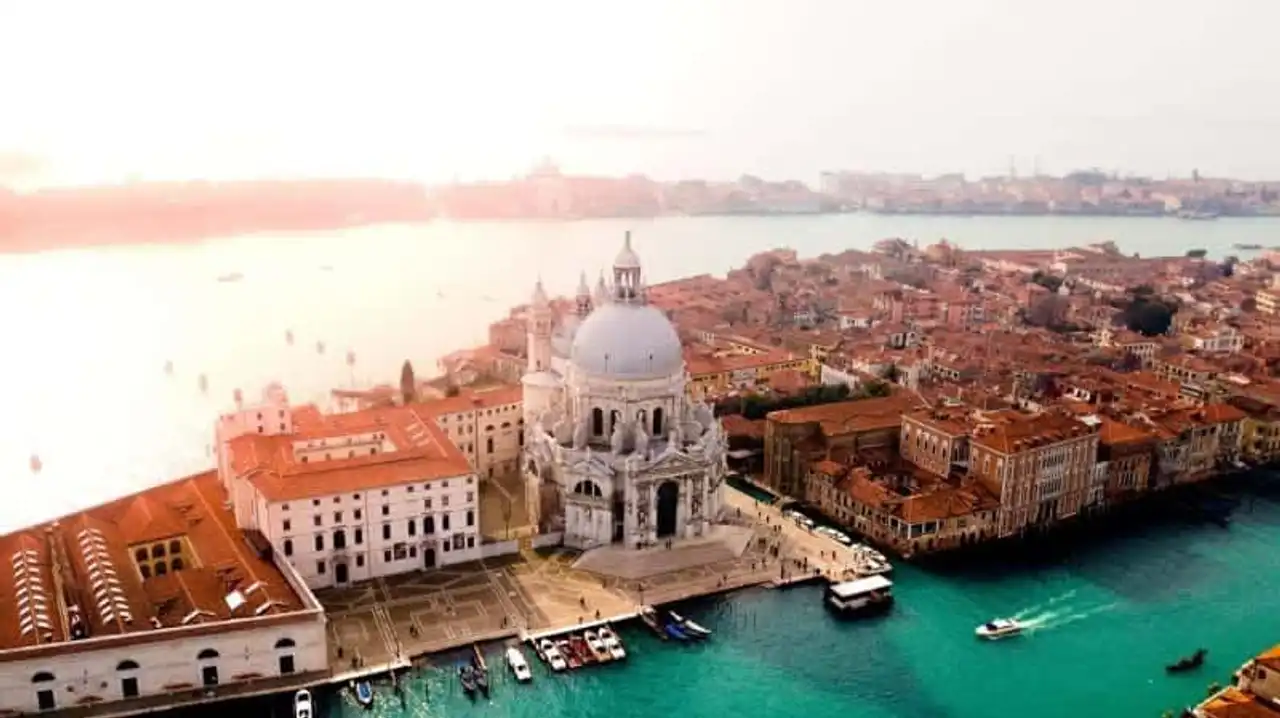
Photo credit: Unsplash – Candré Mandawe
This singular church is located at the southern end of the Grand Canal: it is recognized as it stands on a very narrow stretch of land between the Grand Canal and the Grand Canal Bacino di San Marco .
The dome of this basilica quickly became a powerful symbol of the city and inspired many artists as Turner , Sargent or Guardi . It is one of the most impressive buildings to visit in Venice, built in the middle of the 18th century.
8. The islands of the lagoon
Are you still looking for what to do in Venice? Venice is not only the heart of the city but it is also the magnificence of its small islands:
Murano, Burano and Torcello
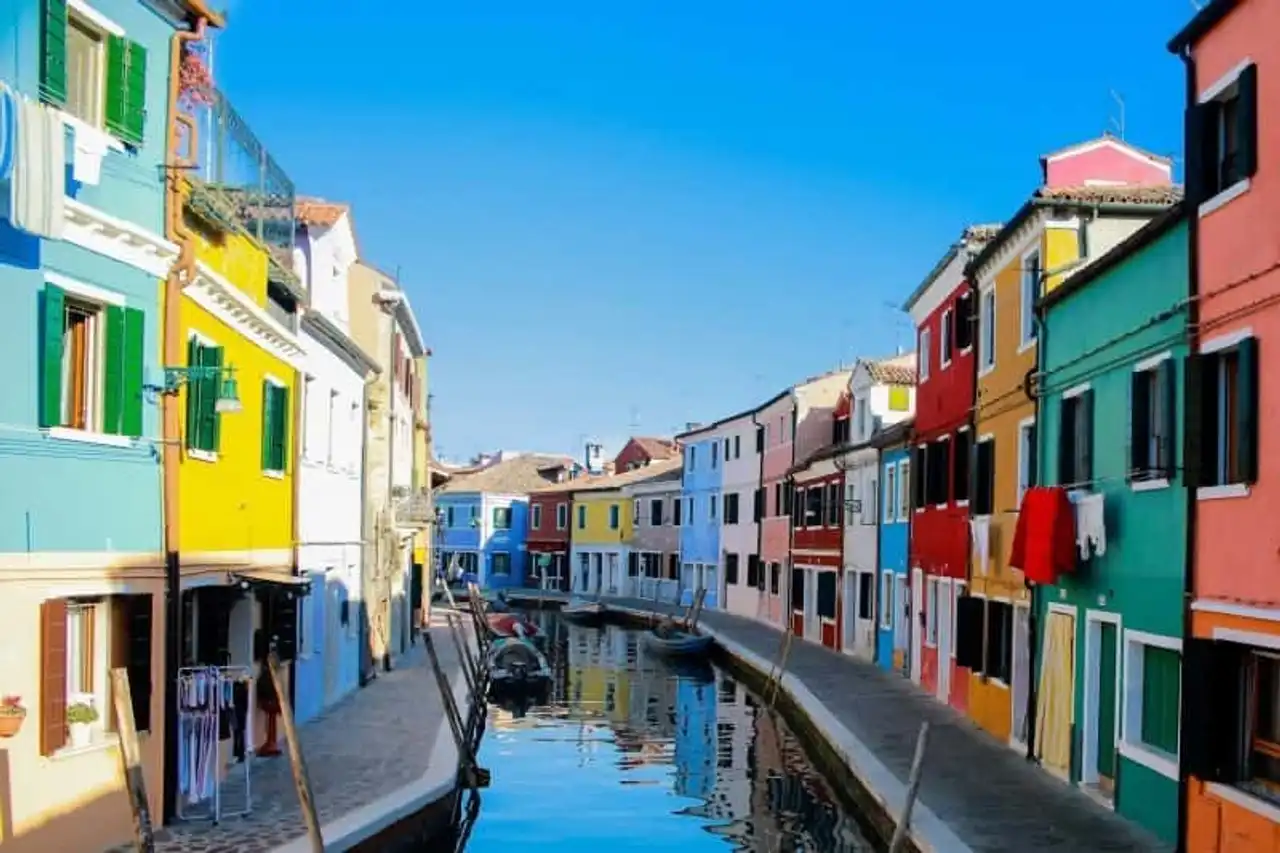
Photo credit: Unsplash – Dorian Mongel
The island of Murano is surely the best known for its internationally recognized glassware art and its glass museum. The island of Burano is quite singular and very appreciated by tourists for the diversity of the colors of the houses and for its decors that come out straight from postcards.
Burano is known for its lace industry. Finally, the third island is the island of Torcello: it is the largest of the 3 islands of the lagoon and it hosts the oldest church. But it is also a kind of ghost town that attracts only few tourists.
The Lido and its beach
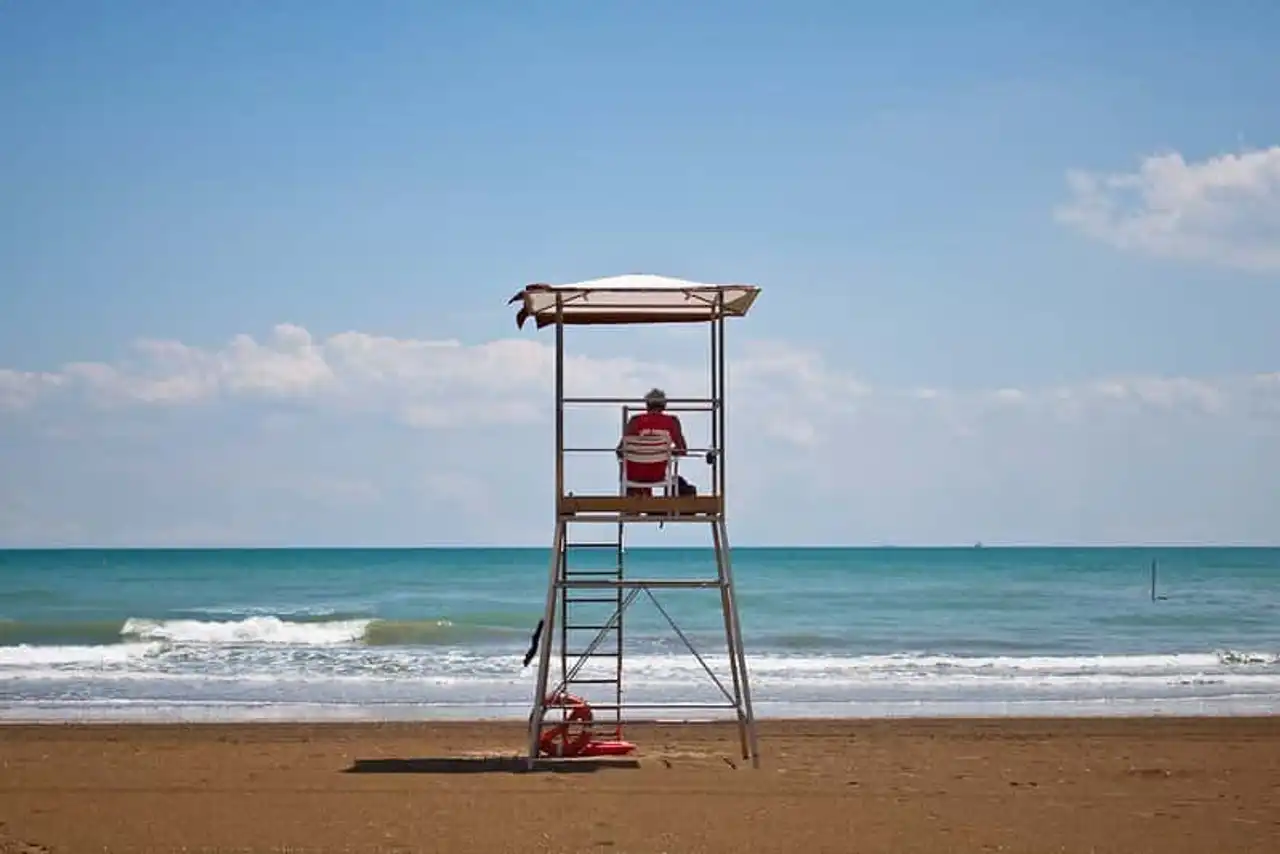
Photo credit: Flickr – tangi bertin
It is one of the most hupped places in Venice but also one of the favorite places of the Venetians during the summer period. Lido is an island known for its beach with its natural sand dunes and its transparent water.
What elegance, what quiet on this beach. Far from the tumult and the tourist brouha of the heart of Venice, the Lido is a true little haven of peace. You can see several rows of bungalows that are numbered and arranged according to their shapes and colours.
9. Venice and its bridges
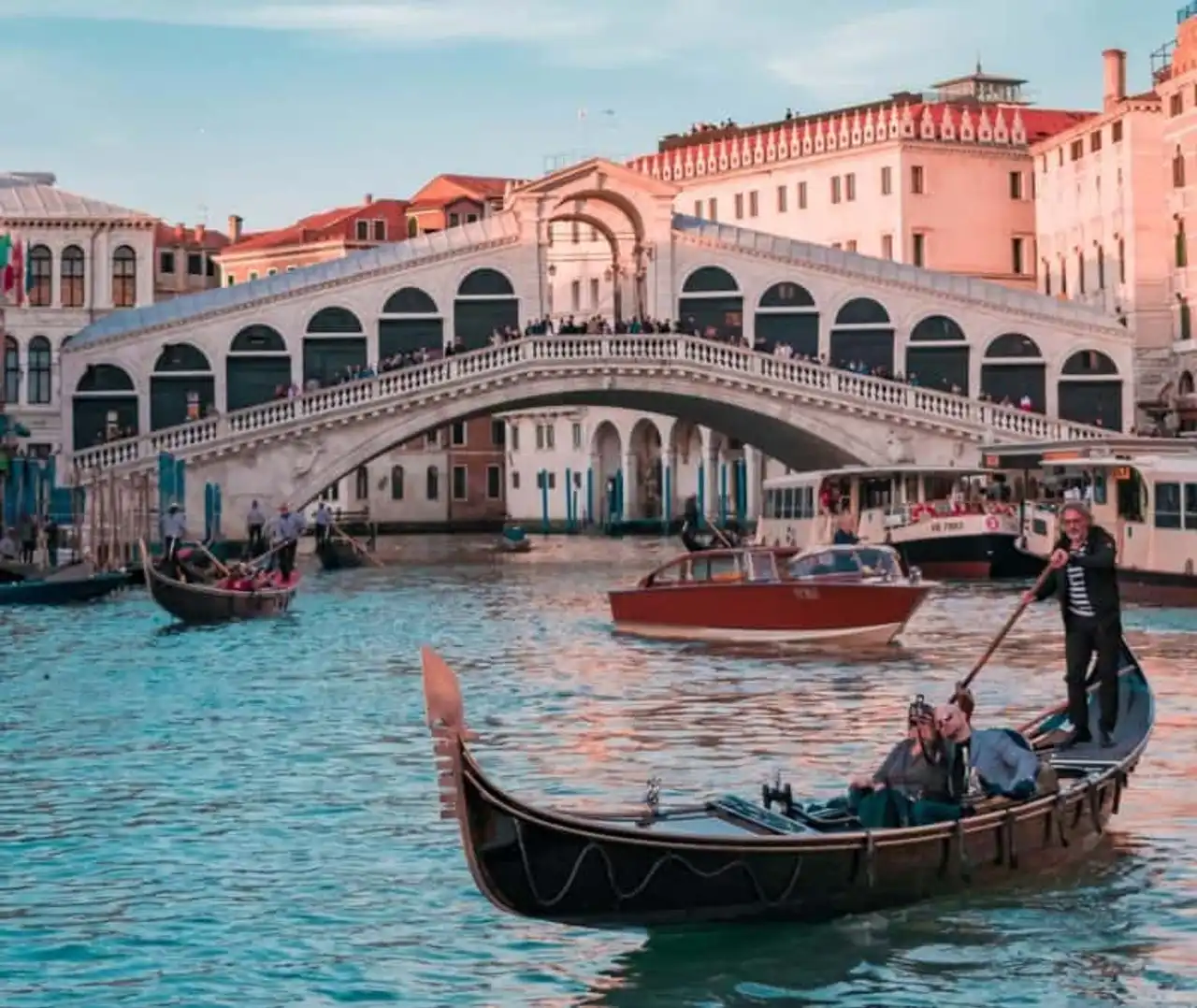
Photo credit: Unsplash – Damiano Baschiera
What would Venice be like without its bridges? The city counts almost 540 whose access is completely free. The bridge of the Soupirs is evidently to be seen because it was the junction between the Doge palace and the prison where Casanova and many other men were imprisoned.
There is the Rialto Bridge, built in 1500 and the first building to cross the Grand Canal. It is a very colorful bridge offering 3 pedestrian crossings with a central passage to walk and the other two rows for shops installed under the arches.
10. La Pointe de la Douane (Punta della Dogana)
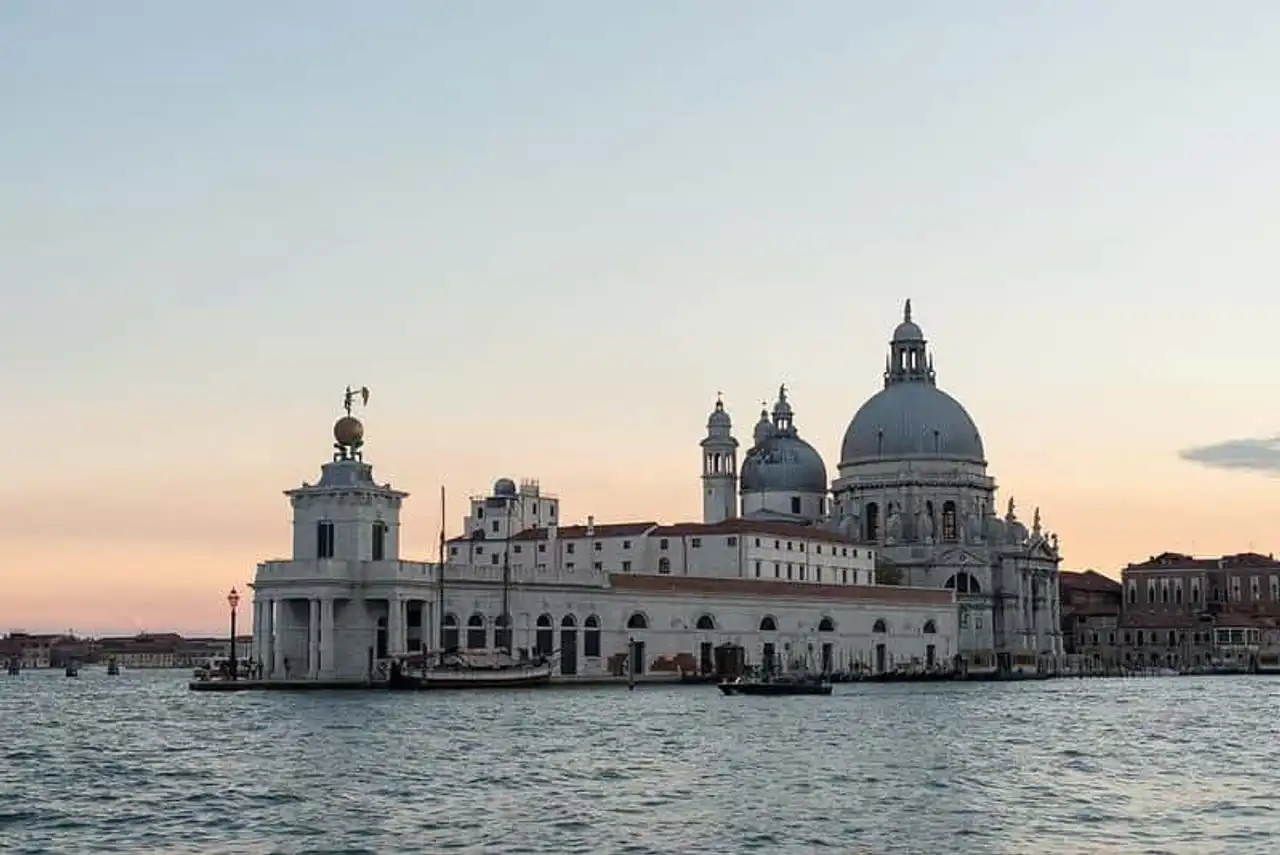
Photo credit: Flickr – Markus Kniebes
This building is located at the end of the Dorsoduro district and separates the Grand Canal and the Giudecca Canal. In the 15th century, the Venetian customs were in this place to inspect all goods entering Venice.
While serving as a warehouse, it is now a museum that is administered by the François Pinault Foundation.
11. Ca’ d’Oro
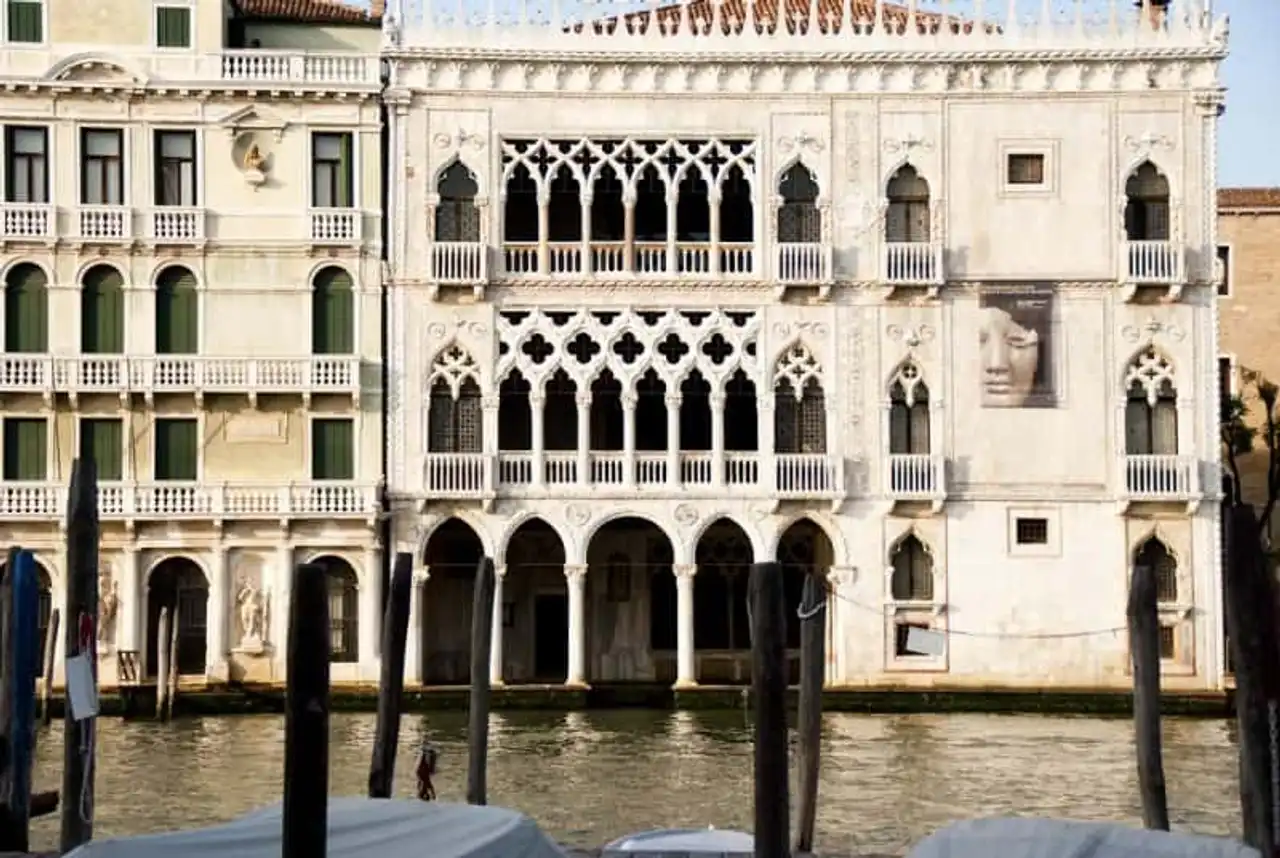
Photo credit: Flickr – Marta Acosta
The Ca’ d’Oro is simply one of the most famous palaces in the beautiful Venetian city. This “gold house” was built in the early 15th century and is now a museum that houses a magnificent collection of art once owned by Baron Giorgio Franchetti.
12. The Campanile de Saint-Marc
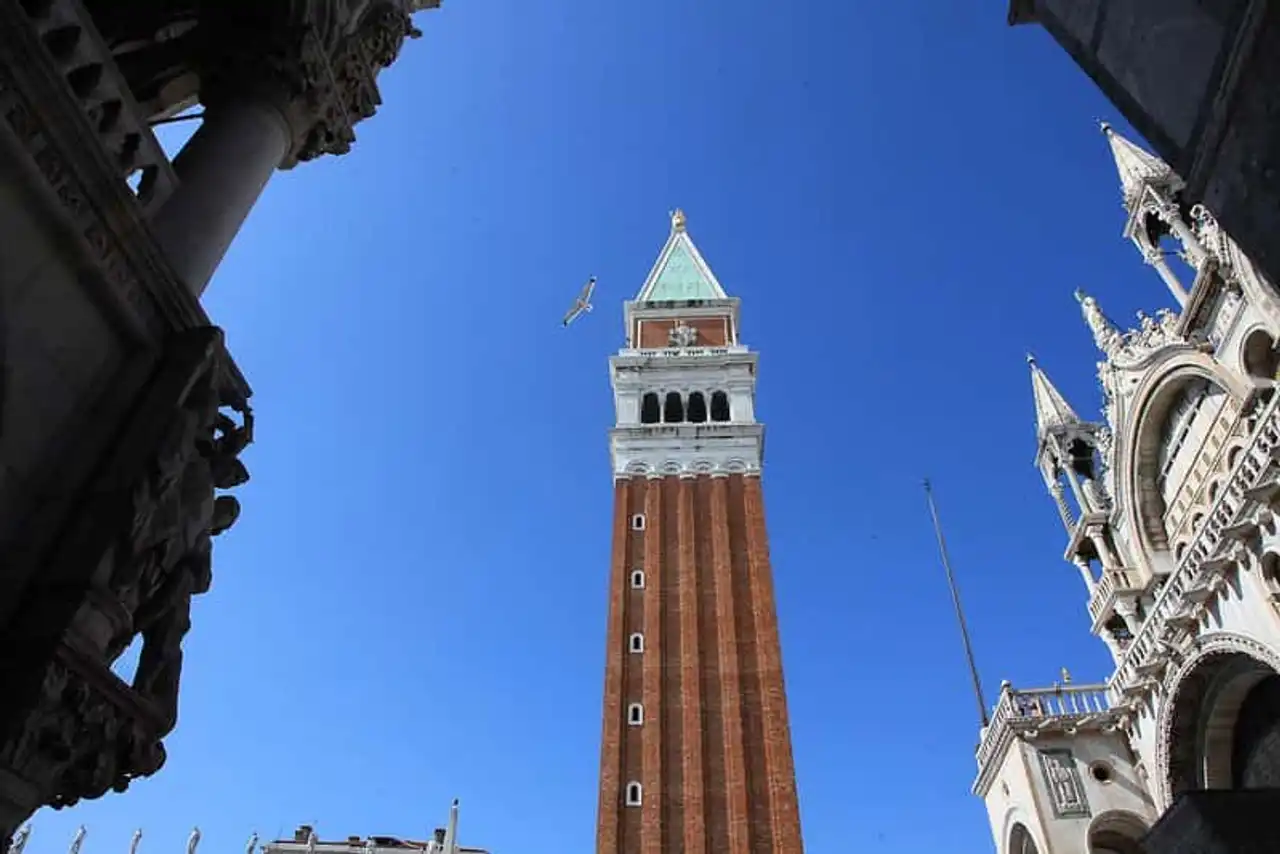
Photo credit: Flickr – Jean-Luc Bobin
Built on the famous Place Saint-Marc, climbing to the top of the emblematic tower of Venice is one thing to do when visiting Venice. The Campanile offers you a breathtaking view of the city but its visit also allows you to discover the five bell towers as well as the history of this tower.
13. The Peggy Guggenheim Museum
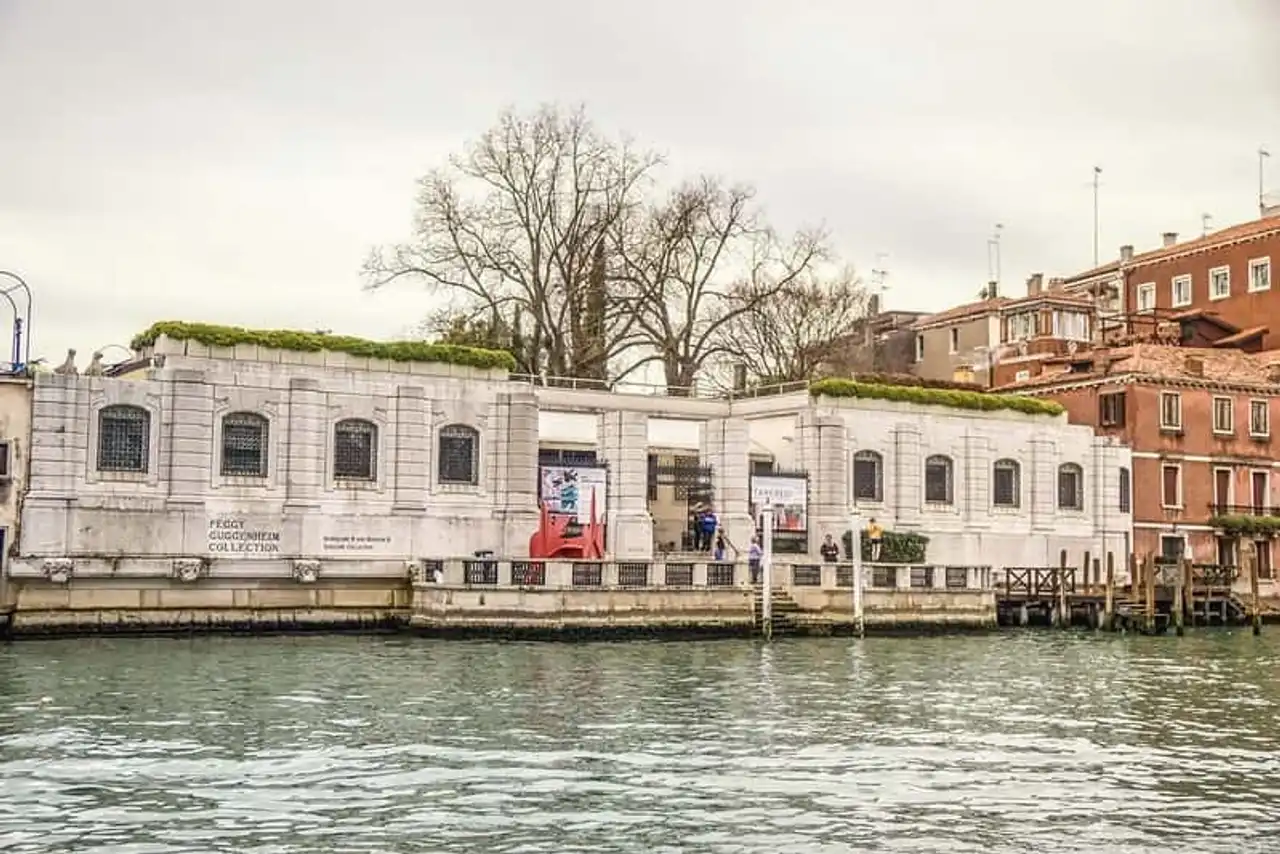
Photo credit: Flickr – Graeme Churchard
Also known as Palazzo Venier dei Leoni, this maginfic Venetian palace exposes works of surrealist, futurist and abstract expressionist art from nearly 200 artists.
In addition to offering a direct view of the Grand Canal, you can discover gardens where there is a pavilion with a café, bookstore and temporary exhibitions!
And if you like museums, don't miss Gallery dell’Accademia Venice, the Museo Correr or the Ca’ Rezzonico .
14. Palace Contarini del Bovolo
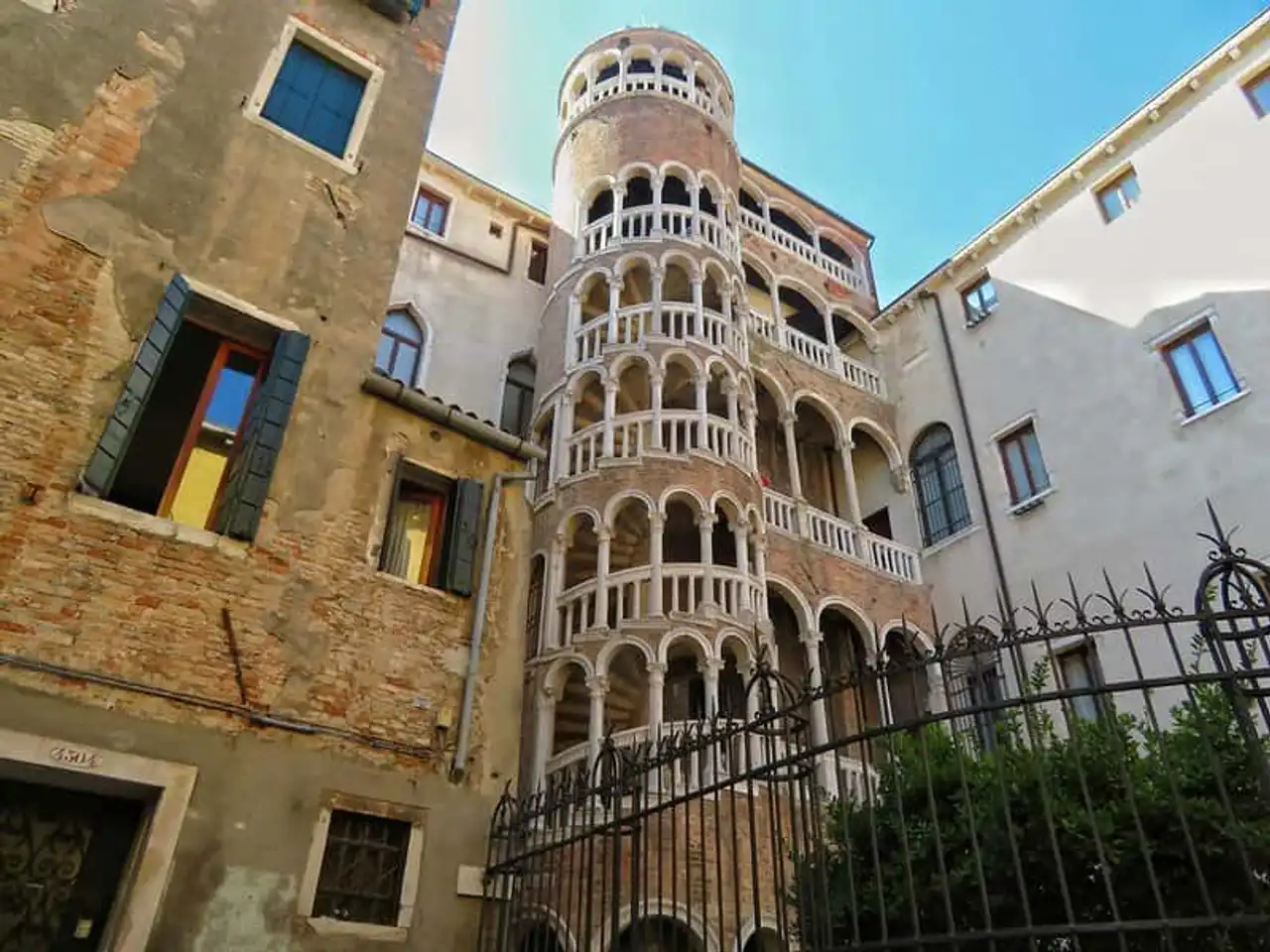
Photo credit: Flickr – Dage – Looking For Europe
Known for its famous outdoor spiral staircase, it is also called the Scala Contarini del Bovolo. The latter was closed for many years to be renovated, but you can come to contemplate this beautiful staircase again!
15. Other things to do in Venice
- The Carnival of Venice February
- One visit of Venice to Gondole
- Meeting in the bars for the_aperitivo_
- Taste Venetian gastronomy and ice cream (gelato)
- Walk on James Bond's footsteps Palazzo Pisani and in Torre dell’Orologio
- Take a walk Scuola Grande de San Rocco
- Acqua Alta
How to get to Venice?
Venice is a world-famous city and as such it is serviced dignified by its airports. From Paris, Lyon, Nice, Nantes, Bordeaux, or Toulouse, des direct flights with low-cost companies are operated regularly to the Venice-Marco-Polo airport and the Treviso Airport, located near (1h approximately).
Ryanair, Transavia, Air France, easyJet, Volotea, Vueling... you will have a choice to go to Venice without spending too much. To find your flight at the best price, you can check the flight comparison Ulysses .
For your arrival in Venice, you can read our articles on how to get from Venice from Marco Polo airport or Trévise airport . Regarding your trips to Venice, read our article on transport to Venice .
How to move to Venice?
To visit Venice, you can move in two ways: on foot or by boat. It is very common to have to cross a canal and board aboard a canal vaporetto .
We recommend you take the Pass Transport ACTV . This transport pass allows you to borrow the vaporetto as you wish during your stay. On site, the price of a trip is 7,50€! If you take an ACTV pass, it costs you 40€ for 72h for example (or 30€ for 48h). Your pass will be saved in only 5 routes.
Where to stay in Venice?
To visit Venice easily, it is important to place your accommodation well. Again, you will have the embarrassment of choice for the accommodation in Venice . Very affordable youth hostels in charming and luxury hotels, there are no less than 1500 hotels in the city. Filter hotels by areas to stay close to tourist attractions! To find a hotel at the best price in Venice, search our website Compare hotels .
Have you visited Venice? Tell us your experiences in the comments below!
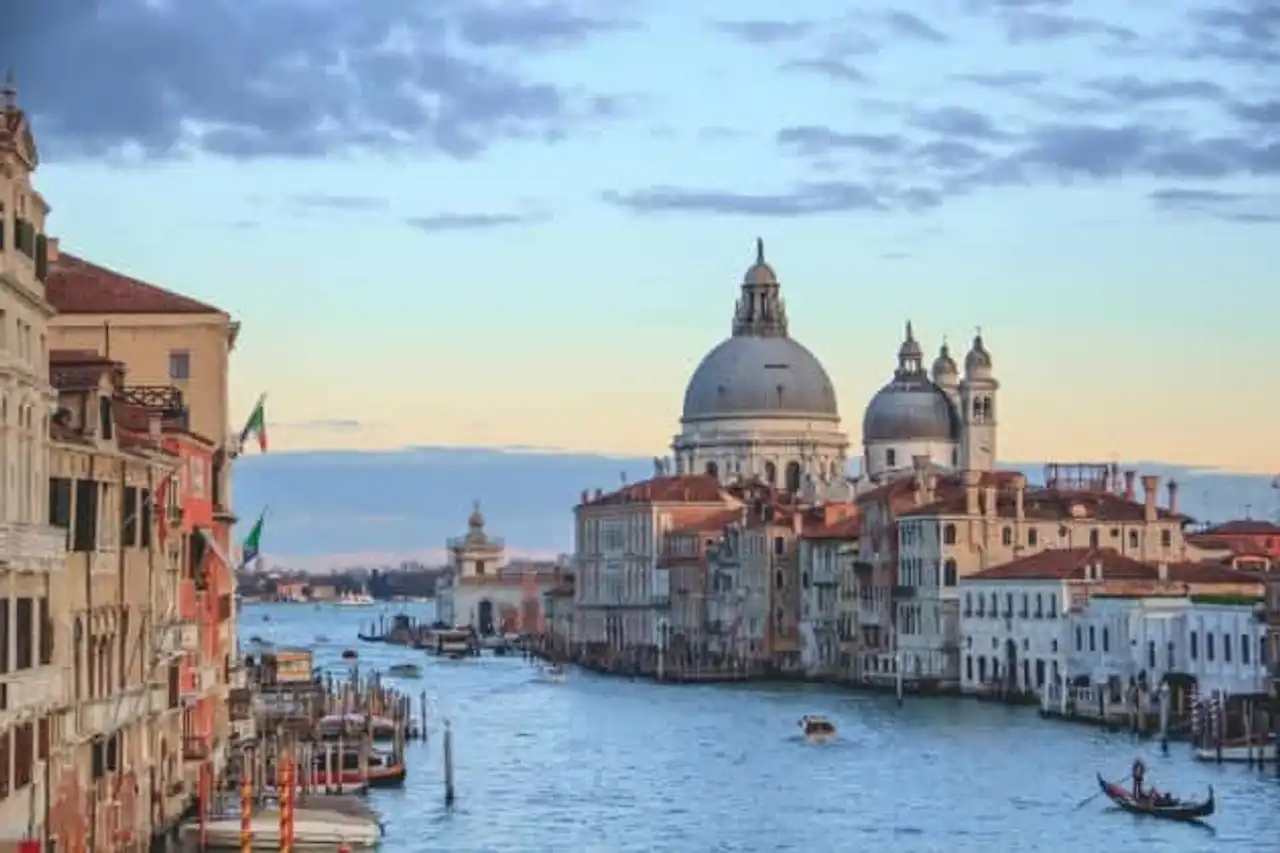




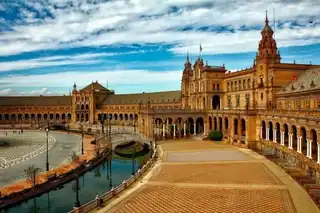

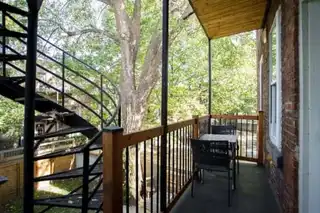
Loading comments ...